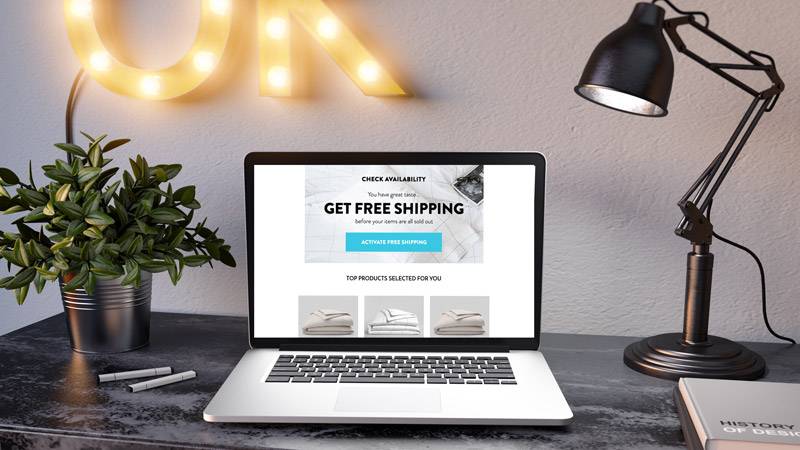6 Tips to Ace Your Product Recommendations
Have you ever received an email with product recommendations that are out of touch with your interests and purchase history? You’re not alone. It’s far too common that companies focus on what they want to sell, rather than what a customers actually want to purchase. The solution to the lack of personal relevance? Personalised product recommendations.

Why Personalised Product Recommendations Work
The key is to tailor your product recommendations based on purchase and/or browsing behaviour. That way, you’ll be able to base your recommendations on actual (and factual) insights, rather than guesswork. The effect isn't just that it increases your conversion with an average of 300%, but it may have a compounding effect on your average order value.
Product recommendations can take the form of pixel or list based display advertising, email retargeting or personalised recommendations displayed on your website. Regardless of what you choose to adopt, the formula for success is quite straight-forward: the higher the relevance, the higher the click-through and the larger the likelihood of a purchase.
Want to kick your products recommendations up a notch? Here are six tips:
1. Is Your Customer Data Slim to None? Work Your Way Up!
It’s simple math: the more times a customer has visited your site and purchased your products, the more data you have to analyse. But how can you use a less than ample supply of user data to increase the probability of a purchase?
Display trending product recommendations based on aggregated customer data. Even though you’re not able to fully personalise the experience, it’s a good start!
2. A Personal Reminder to Reactivate the Inactive
A great way to use personalised product recommendations is to reactivate your customers. For instance: if a person hasn’t purchased an item in a long time, a slight nudge with discounted product recommendations might do the trick.
However, the best way to ace your sense and relevance (and hedge the bets that your customer returns) is to personalise the recommended products based on customer data. Why? Simply because a message that states “we miss you” can feel quite disingenuous when the recommendations are out of touch with the customer’s purchase history.

3. Personalised Cross-selling During Check-Out
Have you ever spontaneously picked up a packet of gum at the checkout counter at your local convenience store? Well, so have your customers. And the same psychological principal and behavioural pattern for upselling small items offline also applies to online shopping.
Does this mean that you should display random products at the check-out? No, the trick is to use historical data to put the right products at the appropriate price point in the correct product context. If a customer has purchased a lipstick, it isn’t a leap of faith to assume that the customer would be interested in some moisturising chapstick. And if you have the data to back it up: recommend the customer’s favourite brand.
4. Recommend Complementary Products
Just as with the aforementioned low-risk purchases as the check-out, you should cross-sell by recommending related products that complete a look or a set of products. Use use aggregated customer data and make use of the information in the individual’s customer profile to personalise the product recommendations. And if the shoe fits; the customer might add one or two extra products to the cart.
5. Integrate Systems to Recommend Products in Stock
The recipe behind personalised product recommendations is to engage your customer with personal relevance. However, if a customer has a purchase history of the size small, you shouldn’t recommend out-of-stock products in that particular size.
Albeit, the customer can ask for a notification once the product is in stock. But does this really deliver on the all-important seamless shopping experience?
Unfortunately not. So, make sure to integrate your systems so the data from your inventory management software is connected to your CRM and your customer profiles. That way, you can upsell and cross-sell related and relevant products so the customer can purchase swiftly and in the now.
6. Take a Walk on the Wild Side
Even though personalised product recommendations is a hard-to-beat method to increase engagement, nurture brand-customer relationship and boost sales; it might create a tunnel-visioned loop of recommendation.
Why?
If you solely focus on what the customer has liked, you might limit their horizons. Does this mean that you should de-personalise your on-site or email recommendations? Not at all. We’re just saying that you should toss in a trending product in your matrix to open your customer’s eyes to new products or product categories.

Personalised product recommendations is powerful. Not only because it can boost your average order value and activate seemingly long-lost customers, but also because it enables you to deliver a personal and relevant experience that caters to the individual’s needs.

